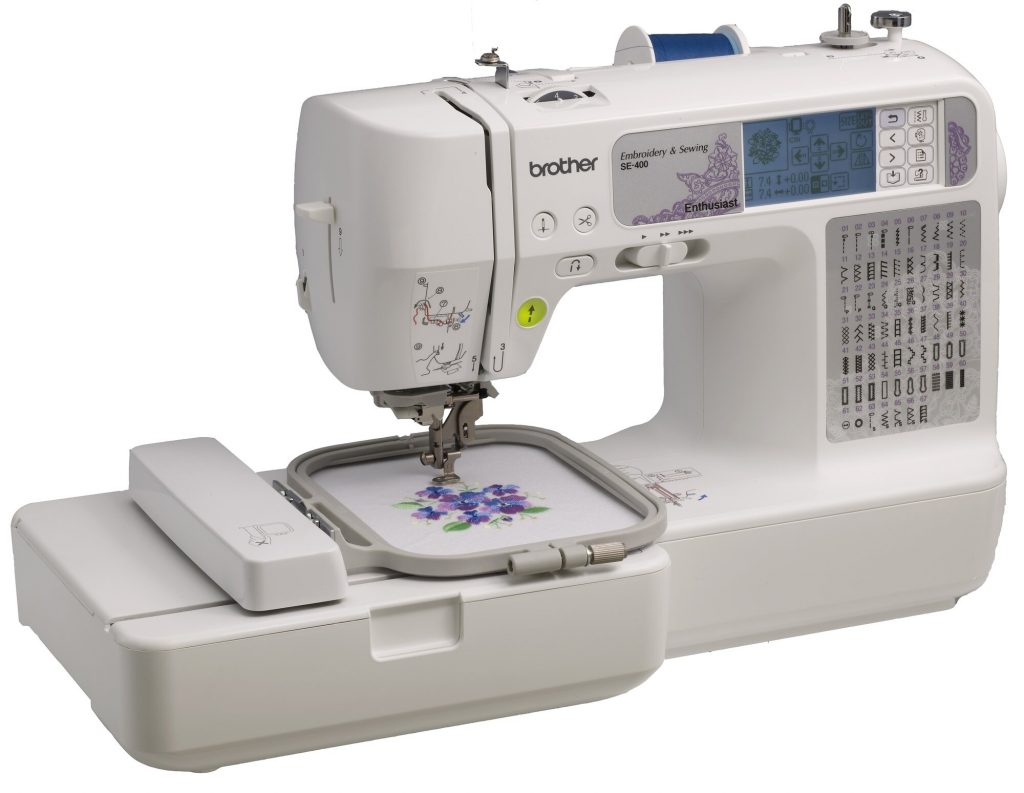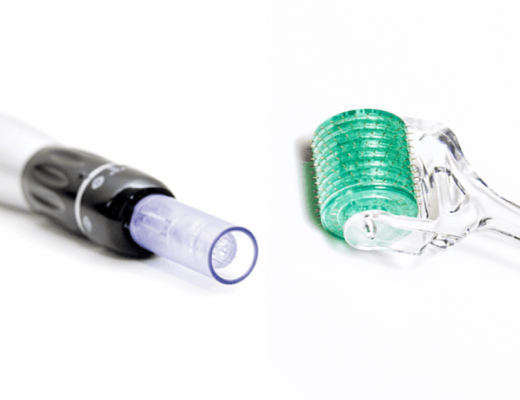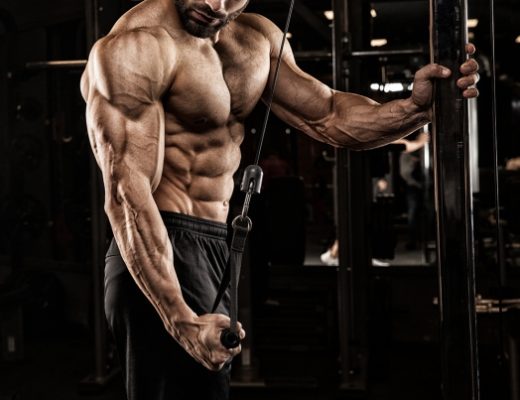The first step in sewing is getting to know your sewing machine. No matter what brand or style you own, they are generally the same in functionality. I still own my very first machine from 30 years ago, and prefer to use it when constructing simple things. In order to know about sewing quitting machines, a visit should be made at the sewing machine buffs website. The amount of the benefits will be massive and enormous to get the desired results. The stitching of the clothes and fabric will be great with the sewing machines.
Your machine should have come with a handbook or instruction book for using the machine. If you have lost it, don’t panic. Many times you can contact the manufacturer and request a replacement.
Basic Parts and Controls
Balance Wheel: each rotation forms one stitch; can be used to manually move needle up and down
Bobbin/Bobbin Case: case holds the bobbin and bobbin holds the lower thread
Feed Dogs: metal “teeth” that go up and down with a forward motion to move fabric through when sewing
Light Switch: is usually used in conjunction with power switch; light allows for better viewing in needle/feed area when stitching
Needle: moves up and down carrying thread through the fabric to form stitches
Needle Clamp: holds needle securely on machine
Needle (or Throat) Plate: a metal plate located on the machine under the Presser Foot with openings for feed dogs and the needle
Presser Foot: holds fabric in place when sewing
Presser Foot Lifter: raises and lowers the presser foot
Presser Foot Screw: allows for changing machine feet including zipper foot, buttonhole foot, cording foot and more
Reverse Lever: lever or button to reverse direction of sewing
Spool Pins: one or more vertical or horizontal rods designed to holds the spool(s) of thread
Stitch Length Regulator: determines the length of the stitches; suggest using 10 to 12 stitches per inch for general seams, 6 to 8 stitches per inch for machine basting
Stitch Width Regulator: determines width of stitch when using zigzag feature
Tension Control: a dial or disk that controls the tightness of the upper thread
Thread Guide: holds thread as it moves from thread spool to needle; total number varies between different machines
Thread Take-Up Lever: moves up and down with the needle, taking up thread slack with each stitch; should be left in highest position when sewing stops to prevent thread pull out.
For any plain straight stitch, there are common functions in all machines. First, there is the “precisely timed movement of needle and shuttle hook to manipulate a top thread and a bottom (bobbin) thread” that actually creates the stitch.
There is also the interaction between the presser foot, needle, and feed dog to help guide the material through the machine. As you familiarize yourself with your machine, you will notice that you have controls available to adjust all of these movements including thread tension, stitch length and width.
Some machines also offer special features including zigzag and stretch stitches. Be sure to consult your handbook before making any adjustments.






